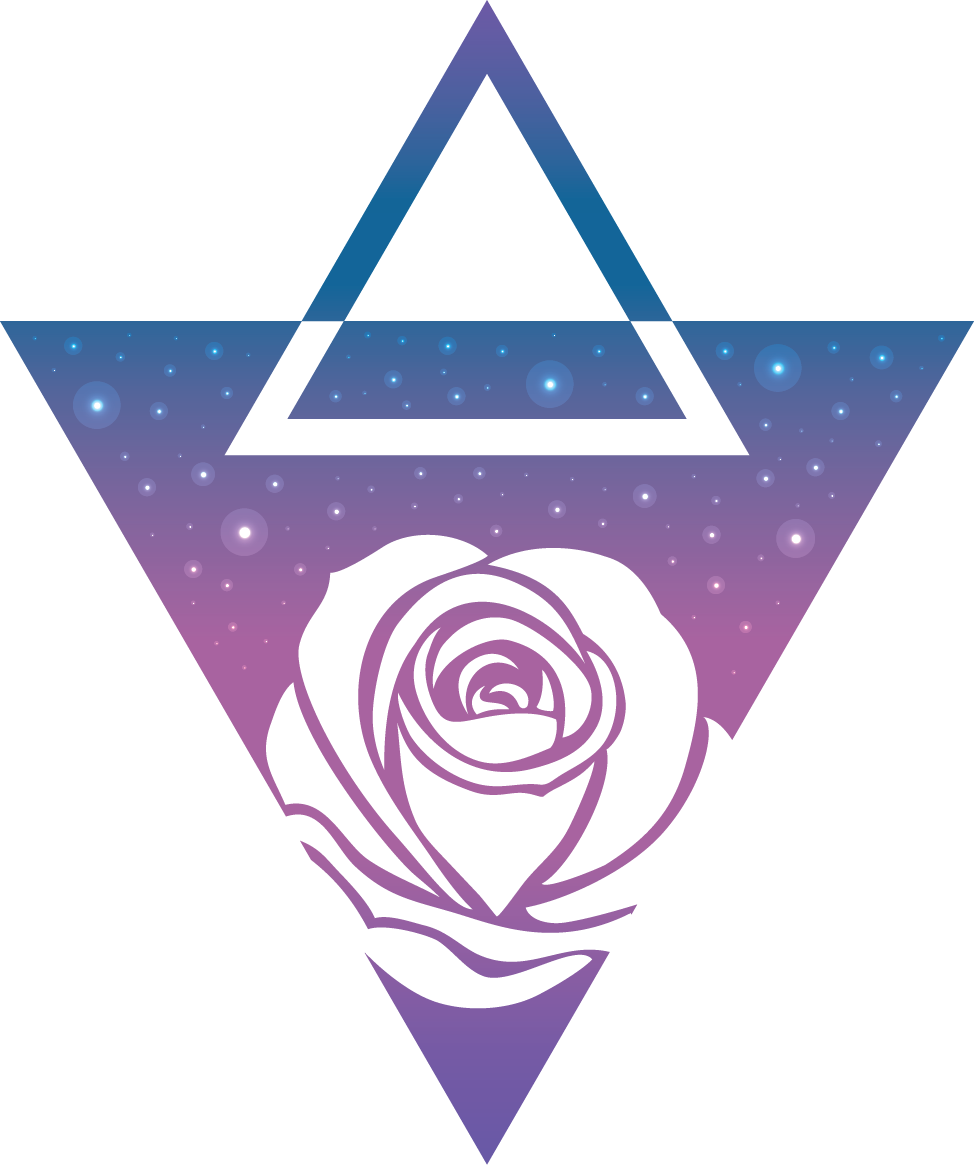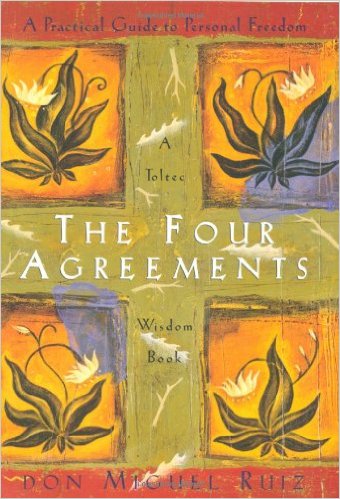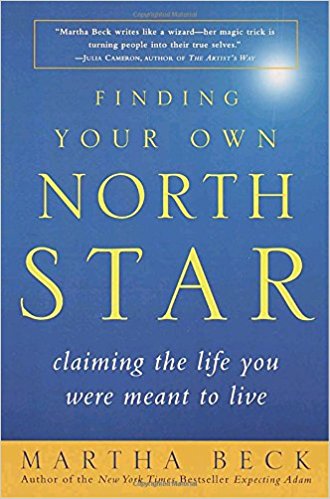Shadow work is a difficult topic to write about. The Fall Equinox, also known as Mabon, on September 22 marks the beginning of the most beautiful time of the year in New England, but we have to start welcoming in the dark. Immediately after the equinox, night will be longer than day. Nature will get quiet.
The dark half of the year is naturally a time of rest and introversion. During this time, our bodies are designed to slow down and hibernate, go within, and plan – rather than act. However, our modern society isn’t designed that way. School begins. Work gets busier. Holidays approach. We go against our natural cycles and create undue stress on our systems. It’s no surprise that many people feel increased anxiety and tiredness this time of the year.
There is also a natural avoidance to pause and look within. I have found that one of my shadow avoidance mechanisms is constant busy-ness. And we all do it in different ways. Internal reflection is one of the most difficult tasks we can do as human beings. It is one of the reasons why yoga and meditation can be so difficult. Yoga is a powerful tool for clearing and releasing stuck energy patterns in the body, and meditation asks you to sit with thoughts and shadow elements that seem easier to avoid.
All of us have shadow elements (yes, all of us) that need to be identified and integrated in order for us to evolve as a person. I believe it was Carl Jung who defined the shadow or shadow elements as unconscious parts of ourself that the ego does not want to acknowledge or "make conscious." Many people choose to repress or ignore their shadow, and end up projecting it onto other people or allowing it to fester in unhealthy ways. There is a great quote that says, “Everything we judge in others is something within ourselves we don’t want to face.” When you think about it, this happens all of the time – and it's so easy in our modern age of social media.
As a personal example, one of my shadow elements is impatience. That may sound minor, but impatience can result in rushed decisions, boredom, needing to control situations, not giving people a chance, and missing the moment. I have seen people take impatience to extreme levels. However, by identifying the shadow, I can be aware and notice when it occurs and use it as teaching tool and a guide for decision-making. This is one of the reasons why practices like yin and restorative yoga are so profound for me. They challenge me to be in the moment and be a witness rather than wait for the next thing. I can also transmute the shadow for my benefit. I can use impatience to motivate me to create positive action, begin adventures, discover new things, or inspire others. Simply becoming conscious of your shadow, and learning how to integrate and transmute it, can be an incredibly freeing experience.
I believe we are all here for an important reason, and it’s possible to become aware and LOVE the shadow along with the light. We can use the energies of this season to support us. Yoga and meditation, for example, are completely transformative tools for allowing us to see and connect with a state of mind/heart/being that lifts us from the denseness of day-to-day. So when it gets dark, and things feel heavy, and the breath gets shallow – challenge yourself to resist natural avoidance and embrace the tools that are available to you. I will join you in this challenge. :)
And please, make space for rest and self-care. The way I do this, even when it seems impossible, is prioritizing that which nourishes me FIRST, and fitting in everything else second. The next month is a great time to travel, find beauty, create beauty, and prepare your home for months of spending more time indoors. Then the natural cycle becomes restful. Dormant. Reflective. Add a five-minute meditation practice. Start a journal. Give yourself an extra 30 minutes of sleep. Take a nap. Find a new craft. Start a reading hour with your kids. Sit down to dinner with your loved ones. Institute a no-device weekend. Make a list of books to read. Take lunch breaks at work. Drink tea at 3 p.m.
When you start to feel negative about the darkness, just remind yourself that you NEED this rest. Going within and creating space is essential for the work ahead. How can you make space for yourself when things get quiet?



















